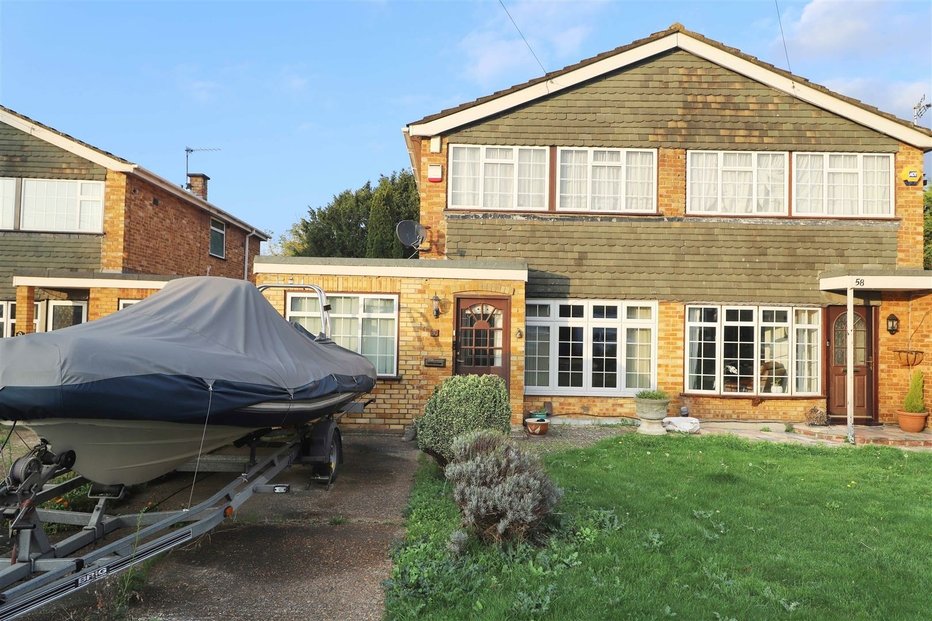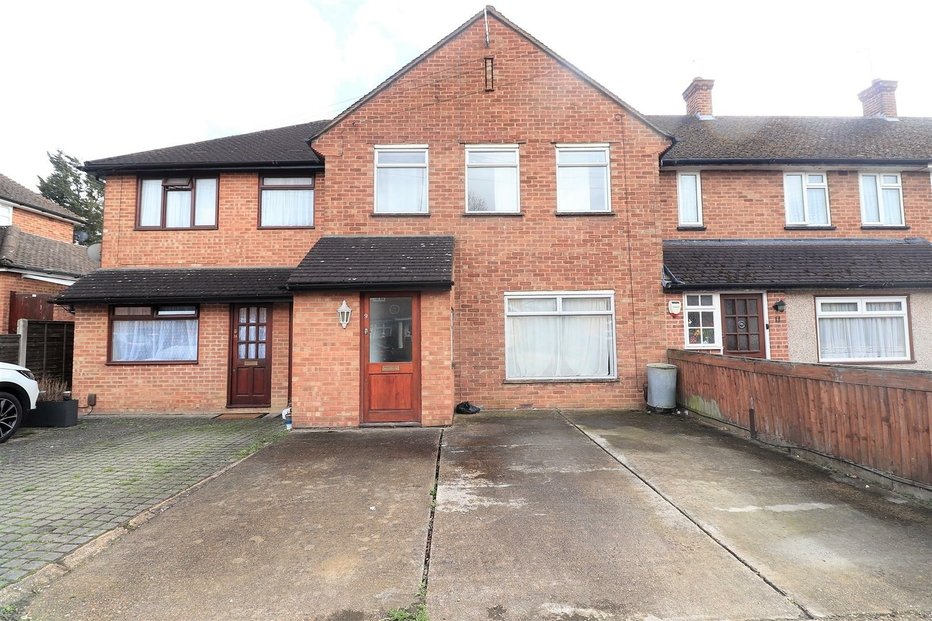Few things anger the industry more than the effect of stamp duty and other costs on property transactions (well, maybe Purplebricks is more provocative - but stamp duty is right up there in terms of raising blood pressure).
This is particularly the case in prime London where there is a clear difference between transaction volumes before and after George Osborne’s late 2014 stamp duty reform - higher levels of duty appear to have led to fewer purchases.
However, even in the capital, things are not completely clear cut. It’s stating the obvious but other factors matter, too.
For example, Knight Frank says transactions in prime central London dropped nine per cent in the year to the end of August, a fall which “highlights how uncertainty surrounding the final stages of Brexit talks are having an impact on the market.” In other words, falls in transactions can happen (as we know) even when stamp duty remains unchanged.
The effects of stamp duty outside prime London can appear even less clear cut.
The late 2014 Osborne reforms significantly cut duty for most buyers across the UK, yet transactions have declined slightly since that time. One may say they would have declined more without the reduced duty - perhaps that’s true. But there is no direct and guaranteed relationship between stamp duty and transaction volumes, otherwise deals would rise.
This is also the case with the additional homes stamp duty (the three per cent surcharge) introduced in April 2016. Although mortgage data shows this led to fewer buy to let purchases, it’s not been the same for holiday homes.
Recently released HMRC figures for 2017-18 show that additional homes contributed £4 billion, or 43 per cent of the total stamp duty take. If buy to let purchases did indeed go down, that means holiday home purchases rose despite the three per cent surcharge.
So while stamp duty may generate headlines and create ‘mood music’ about a housing market, there is no conclusive proof that by itself a fall in the tax generates a rise in sales.
Allied to this there is a feeling in the industry that UK transaction costs - including stamp duty of course, but also including about a dozen other fees from Land Registry registration and conveyancing to agents’ commission - are amongst the highest in the world.
The Global Property Guide is one of the few places where comparative costs are attempted - comparisons are notoriously difficult because there are so many tax variations, making it challenging to get an ‘average’ with which to compare one country to another.
Nonetheless, in the guide’s league table of costs, the UK comes 18th out of 42. Figures include registration costs, agents’ commission, legal fees and sales and transfer taxes.
















Having bought through Cameron, i felt they kept me update to date with everything that was going on. There was no hassle arranging viewings, and they helped me all the way through the process. Good, efficient service. Will definitely recommend!
... read more